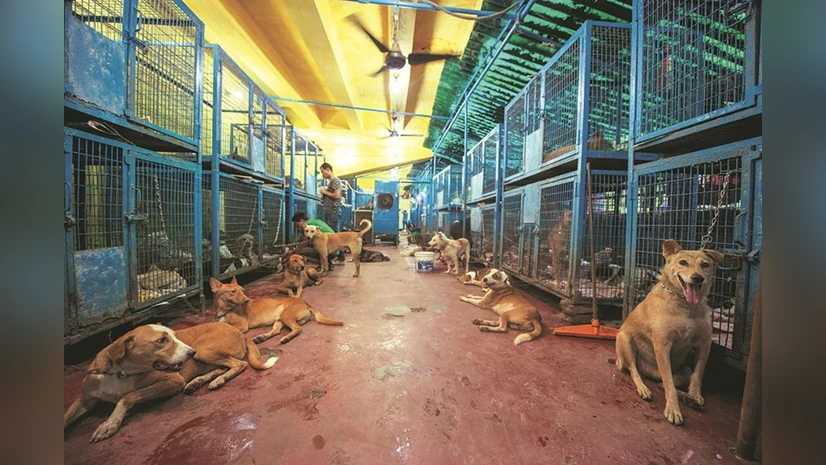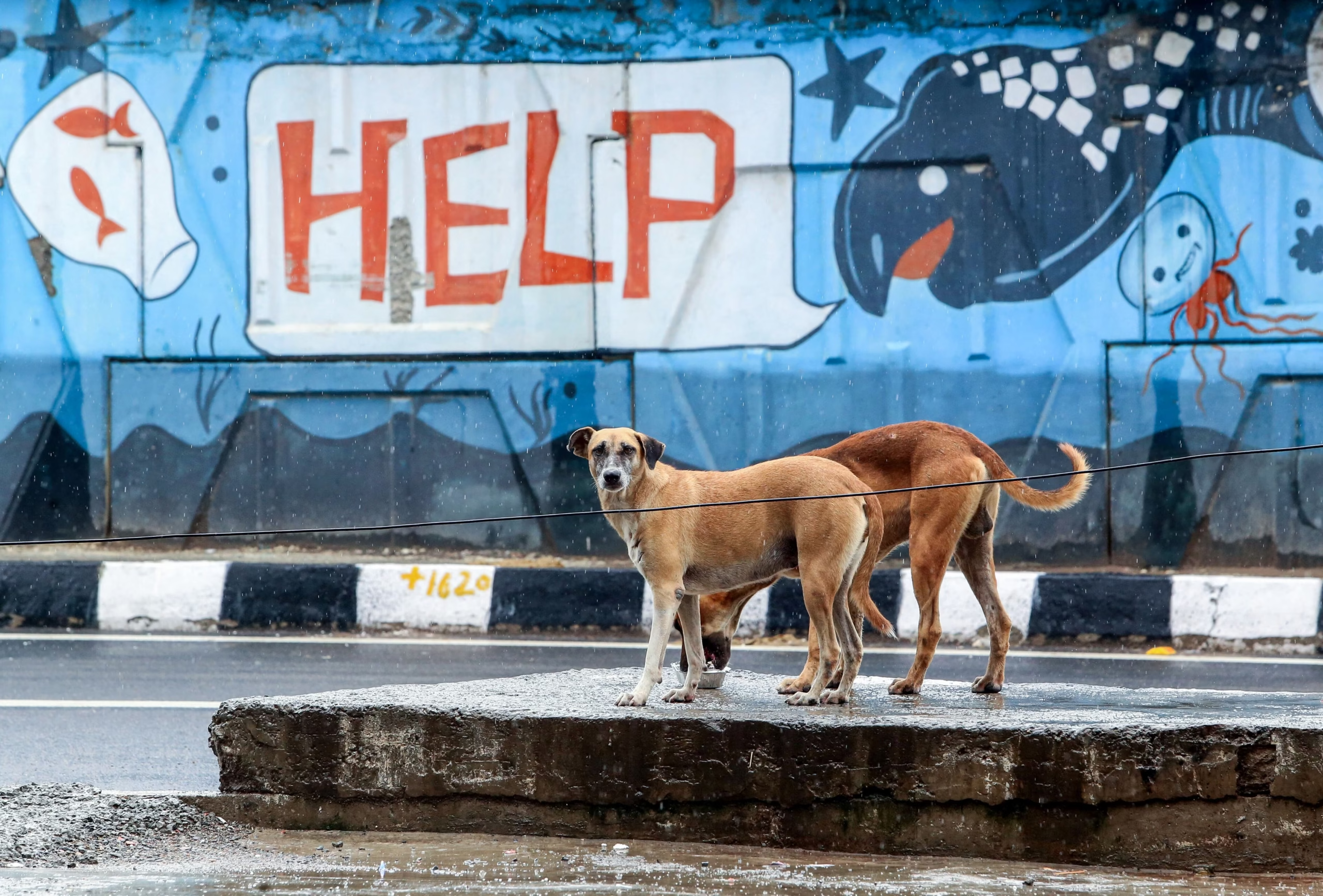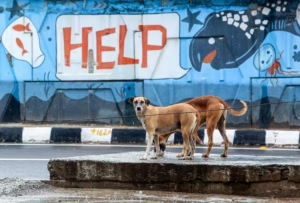Delhi Stray Dogs Crisis: Current Situation, Public Outrage & The Road Ahead
Delhi is currently struggling with a deep controversial issue around its large population of stray dogs. Recently, the Supreme Court issued a directive on August 11, 2025, stating that all stray dogs in the Delhi-NCR region have been transferred to shelters within eight weeks. This order prohibits leaving the dogs caught on the streets, and authorities need to install shelters, sterilisation and vaccination drives, CCTV monitoring, and a helpline for cutting or rabies cases, under all strict court inspections.

Public resentment and civil reaction
Almost immediately, citizens, workers and animal lovers gathered in protest. On August 17, 2025, hundreds of protesters gathered at Ramlila Maidan in Delhi, resentful of the alleged cruelty of the court mandate in other Indian cities.
In a symbolic appeal, animal welfare advocates turned to faith, holding prayers at Hanuman Temple and Bangla Sahib, expected to reverse the divine intervention.

Political and impressive voices
Major data on both sides of the corridor has spoken. In a rare convergence, both RSS chief Mohan Bhagwat and Rahul Gandhi condemned the order and, instead of rehabilitation, advocated human population control measures such as sterilisation and vaccination. Celebrities like Janhvi Kapoor, Varun Dhawan, and Veer Das also ruled “”for “death sentence” for celebrities, which struggle with animal welfare groups, which struggle with 2023 animal birth control (ABC) rules.

Meanwhile, filmmaker Ram Gopal Varma took a different stand, supporting the court’s directive. He insisted on social media that “human security should come first,” arguing that it was wrong to prioritise stray animals over weak humans.
Government and expert approach
Delhi Chief Minister Rekha Gupta has directed all departments to adopt the “clock and ward” policy – completing any strict action against Stray dogs while the entire verdict of the court is pending.
Meanwhile, animal welfare experts and veterinary professionals have warned that it can be disastrous to transfer so many dogs to congested and fewer shelters. Mazel Vyas – Saath Nibhana Saathiya’s actress – said that most of the facilities are already extending beyond capacity.
The Municipal Corporation of Delhi (MCD) has also raised the alarm, stating that the rehabilitation plan may cost hundreds of crores, and keeping the current shelter in mind, there is a severe shortage of infrastructure.
Read more – Terrorism in Kashmir and the Role of the Indian Army
Large reference
Delhi alone estimates that it should host about one million stray dogs, while India is struggling with millions of people across the country. The city has already registered cases of more than 35,000 animal cutting cases and 49 rabies infections in the first half of 2025. Stray dogs, often without thinking – unwanted and unwanted – contribute significantly to public health risks.
What will happen next?
The Supreme Court has a temporary stop for aggressive enforcement, with the Supreme Court rendering its final decision after hearing the petitions last week. Meanwhile, the city remains in limbo – growing health concerns, legal mandates, and a strong, compassionate public resistance that many people see as a faulty and inhuman solution.
Summary
Delhi’s stray dog crisis is now a multi-dimensional debate which includes:
- Public safety and disease control pressure.
- Legal mandate from the Supreme Court.
- The ideas of moral and human treatment were raised by activists, celebrities and political leaders.
- Infrastructure practicality: severely lower pillar with shelters.
- A community between “soundless” and coexistence with ensuring civil protection.
As the city waits for the final decision of the Supreme Court, the call grows loudly for a balanced, science-supported and kind way.
Frequently asked questions (FAQ)
1. What is the current status of stray dogs in Delhi?
Delhi is facing a growing stray dog population, in which thousands of dogs are roaming in residential and commercial areas. The increase in numbers has increased dog bites, public safety concerns and stressful municipal resources.
2. Why is this issue such a big concern recently?
Many viral incidents, including dog attacks and online movies, have triggered wide public outrage. Timely response to officials and lack of a long-term plan have further enhanced frustration.
3. Essentially, which factors have compounded the stray dog problem?
These include irregular sterilisation drives, improper waste disposal attracting stray animals, a lack of awareness among locals, and the absence of an animal welfare set-up.
4. What is the public response with respect to the said crisis?
The response of the public is a mixture of anger, concern and activism. Some residents, on the one hand, demand action and fines to be placed on strays and increased regulations on their management; on the other hand, animal welfare groups prefer treatment with dignity and thus setting better long-term options.
5. What steps are being taken by the government?
The authorities have ordered an extended programme of sterilisation/vaccination of dogs, campaigns to increase awareness and co-ordination with NGOs. Unfortunately, however, implementation and sustainability remain a huge hurdle.














Post Comment